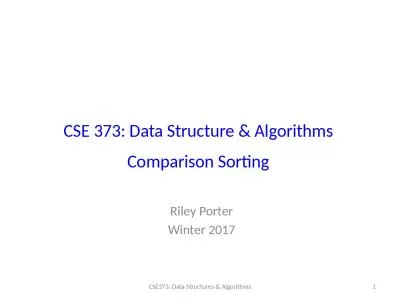PPT-CSE373: Data Structures & Algorithms
Author : cheryl-pisano | Published Date : 2019-06-29
Lecture 7 AVL Trees Linda Shapiro Spring 2016 Announcements HW2 due Wednesday Help sessions this week Monday amp Thursday Binary Search Trees and AVL Trees Last
Presentation Embed Code
Download Presentation
Download Presentation The PPT/PDF document "CSE373: Data Structures & Algorithms" is the property of its rightful owner. Permission is granted to download and print the materials on this website for personal, non-commercial use only, and to display it on your personal computer provided you do not modify the materials and that you retain all copyright notices contained in the materials. By downloading content from our website, you accept the terms of this agreement.
CSE373: Data Structures & Algorithms: Transcript
Download Rules Of Document
"CSE373: Data Structures & Algorithms"The content belongs to its owner. You may download and print it for personal use, without modification, and keep all copyright notices. By downloading, you agree to these terms.
Related Documents




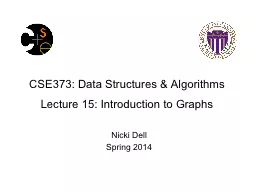
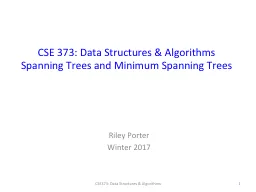
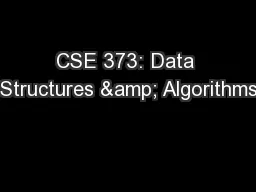
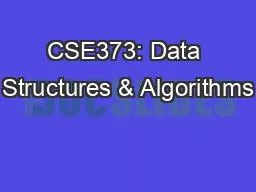
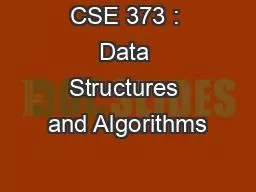
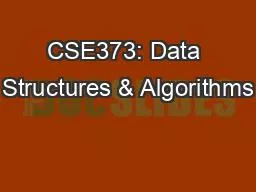
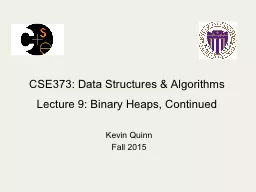
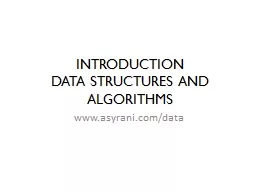
![[READ]-Easy Learning Data Structures & Algorithms ES6+Javascript Classic data structures](https://thumbs.docslides.com/970589/read-easy-learning-data-structures-algorithms-es6-javascript-classic-data-structures-and-algorithms-in-es6-javascript-easy-learning-javascript-and-design-and-data-structures-and-algorithms-book-3.jpg)
![[PDF]-Easy Learning Data Structures Algorithms Java (2 Edition): Explain Data Structures](https://thumbs.docslides.com/973314/pdf-easy-learning-data-structures-algorithms-java-2-edition-explain-data-structures-algorithms-through-full-color-diagrams-java-foundation-design-patterns-data-structures-algorithms.jpg)
